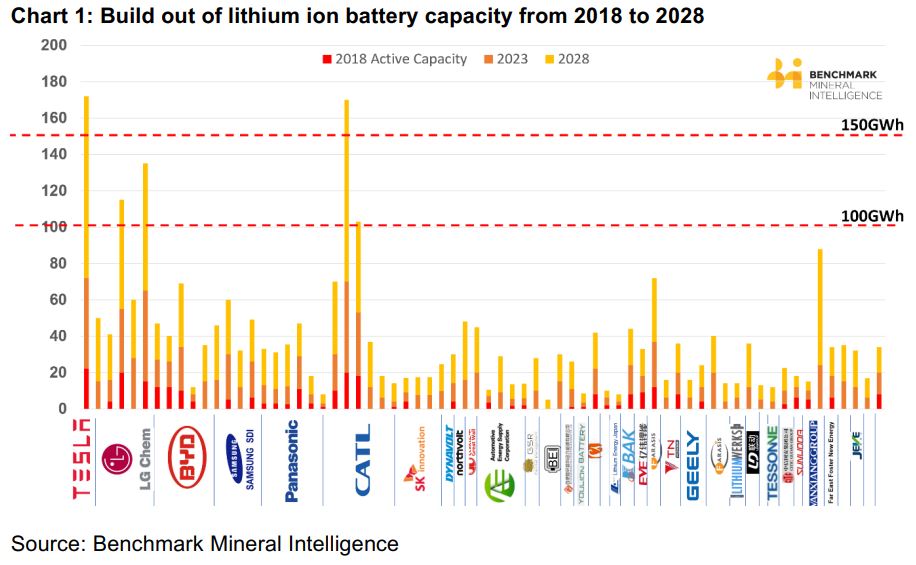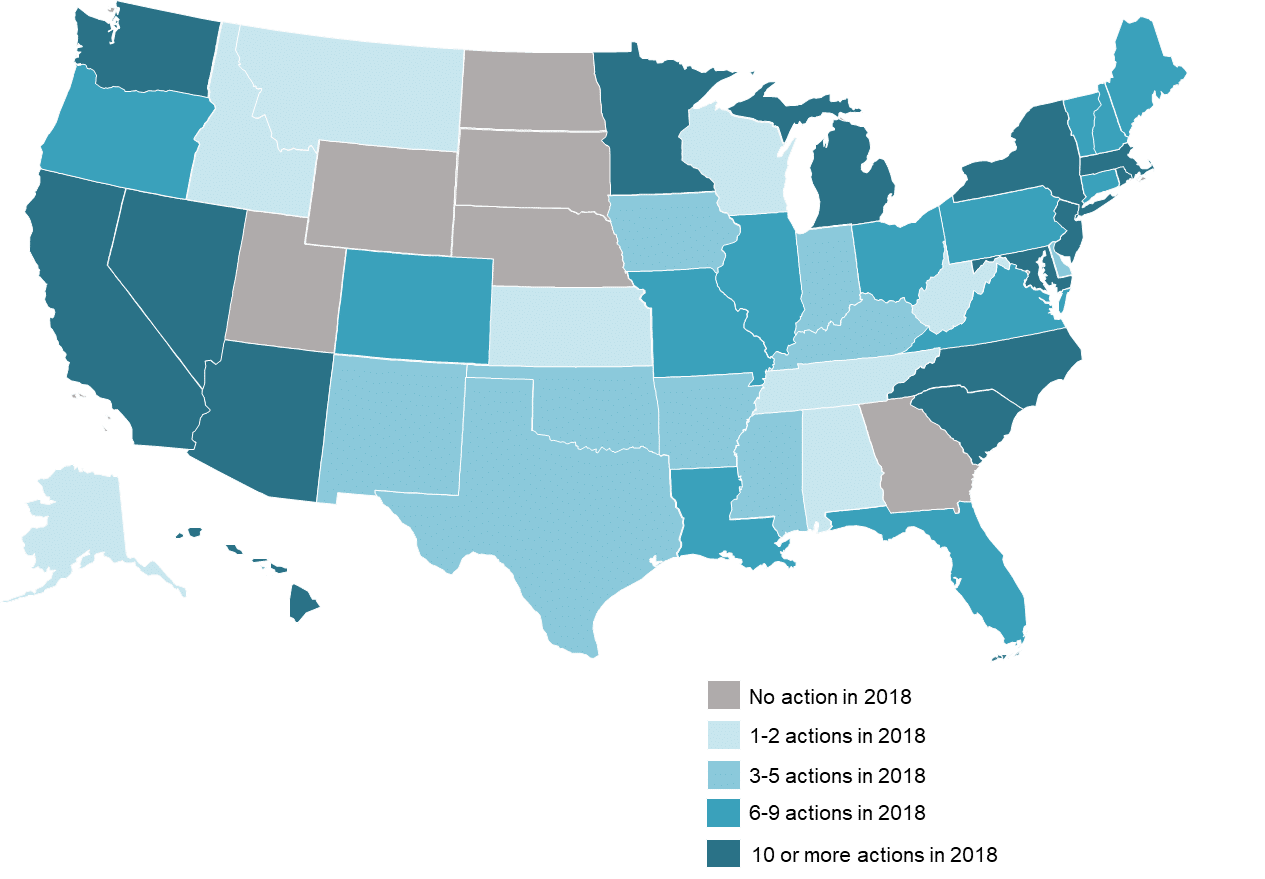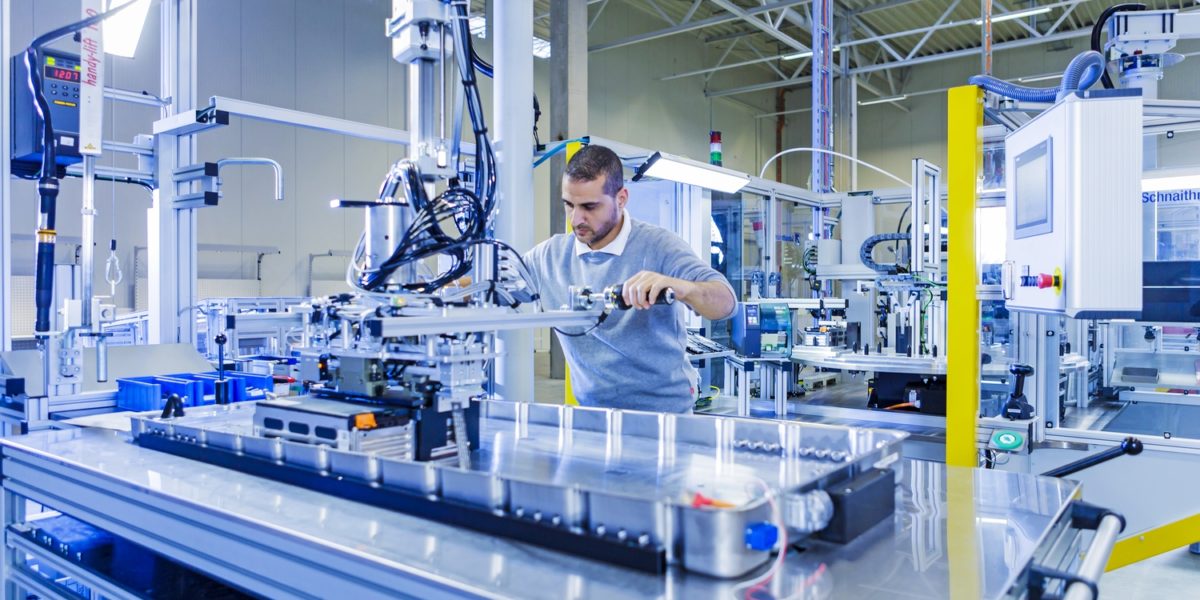Aurora Solar raises $20 million – “high-growth phase for Aurora, as the company expands its product functionality to further streamline solar installers’ processes…funding will enable us to continue to attract the most talented engineers, marketers, customer success and salespeople to service the fastest growing occupation in the US – the solar professional.” This may be the biggest capital raise for a solar software company to date. Source – Aurora
California’s grid operator takes action to improve interconnection process – “the board approved actions in three areas: 1. Network upgrade definitions and cost responsibility – to clarify which network upgrades impact interconnection costs, and how the costs are calculated. 2. Minimum acceptance criteria for interconnection requests – this will establish specific parameters for what must be included in an interconnection request by the close of the application window. 3. Validation procedures for interconnection requests – this change would extend the interconnection validation period and allow flexibility in meeting deadlines.” Source – CAISO (pdf)
German company plans U.S. lithium-ion battery factory – In a press release, announcing a high three-digit million euro range-order, AKASOL AG alluded to its new factory: “AKASOL AG will supply a Swedish commercial vehicle manufacturer with high-performance battery systems for electric buses and trucks. By the end of 2023, the Darmstadt-based company will supply second-generation lithium-ion battery systems from the Langen facility as well as from the planned new facility in the USA. Second generation systems achieve 30 percent more energy density and thus more range with the same weight and installation space. In addition, the battery systems are capable of fast-charging, which is a specific need of the customer.” Source – Akasol AG (pdf)

US Senate told country is falling behind lithium ion mega factory race – “Benchmark Mineral Intelligence is now tracking 70 lithium ion battery megafactories under construction (above image) across four continents, 46 of which are based in China with only five currently planned for the US. When I gave my last testimony in October 2017, the global total was at 17. Since October 2017, planned lithium ion battery capacity in the pipeline for the period 2019- 2028 has risen from 289GWh to 1,549GWh (1.54TWh) in Benchmark Mineral Intelligence’s February 2019 Assessment. This expanded capacity is the equivalent of 23-24 million sedan-sized electric vehicles. This increasing scale will be a contributing factor to pushing lithium ion battery production costs below $100/kWh in 2019, Benchmark Mineral Intelligence data shows. This figure is long seen as a tipping point for the adoption of mass market EVs.” – Source – US Senate Written Testimony Record (pdf)
Grid Modernization Action Increases by 60% in 2018 – North Carolina Clean Energy Technology Center’s (NCCETC) 50 States of Grid Modernization report found that44 states and the District of Columbia took actions related to grid modernization during 2018 (see below image). “with the greatest number of actions relating to energy storage deployment, advanced metering infrastructure rules, utility business model reforms, smart grid deployment, and distribution system planning. A total of 460 grid modernization actions were taken during 2018, representing a 60% increase in activity over 2017 (288 actions).” Source – NCCETC

Hawaii regulators propose stronger performance-based regulations for HECO – The staff of the Hawaiian Public Utilities Commission has issued a proposal that calls for a redesign of how utility HECO makes its money, including giving the utility additional “performance revenue” if it reaches agreed-upon goals, including supporting the integration of more renewable energy. “Staff’s proposal would adopt a combination of performance-based regulation (PBR) tools to better align the HECO Companies’ business interests with Hawaii’s energy needs and customer preferences. Instead of the current utility ratemaking approach that ties utilities’ profits to the amount of capital investment, the proposed performance-based structure would set a target revenue amount that encourages immediate cost savings for HECO customers.” Source: HPUC
Duke opens up 3 MW of additional community solar – Duke Energy Carolinas is launching a shared solar program for its customers in South Carolina, backed by a 2 MW and 1 MW plant that it has put online in Anderson County. “The Shared Solar Program is available to all qualified Duke Energy Carolinas residential and nonresidential customers including those who hold tax-exempt status, those who rent or live in multifamily housing, and those who may not otherwise have access to solar energy.” Source: Duke
Part of the broader fallout from the California wildfires is of course the PG&E bankruptcy, and also the California Community Choice Aggregators whose revenue passes through the utility:
PG&E bills for the CCAs. As of Chapter 11, that money is being collected, but not paid to CCAs. The numbers are amazing: roughly $6M a day. Even strong CCAs only have 45 days of cash on hand! Liquidity train wreck. $PCG pic.twitter.com/YuPfaoQzIF
— Tom Arnold (@TheTomArnold) January 30, 2019
This content is protected by copyright and may not be reused. If you want to cooperate with us and would like to reuse some of our content, please contact: editors@pv-magazine.com.










By submitting this form you agree to pv magazine using your data for the purposes of publishing your comment.
Your personal data will only be disclosed or otherwise transmitted to third parties for the purposes of spam filtering or if this is necessary for technical maintenance of the website. Any other transfer to third parties will not take place unless this is justified on the basis of applicable data protection regulations or if pv magazine is legally obliged to do so.
You may revoke this consent at any time with effect for the future, in which case your personal data will be deleted immediately. Otherwise, your data will be deleted if pv magazine has processed your request or the purpose of data storage is fulfilled.
Further information on data privacy can be found in our Data Protection Policy.